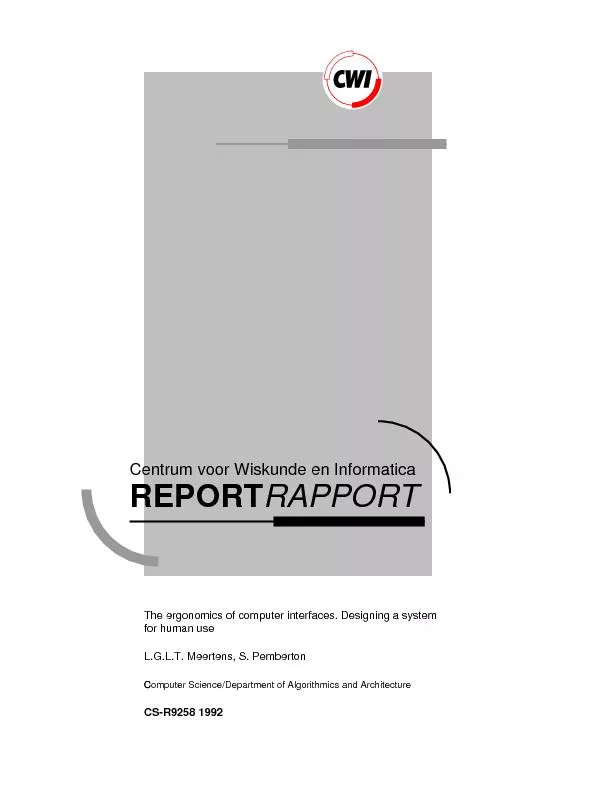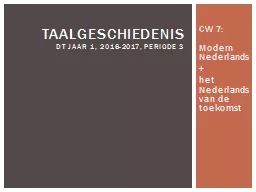PDF-Nederlands Bijwerkingen Centrum Lareb
Author : test | Published Date : 2016-03-07
February 2013 Tricyclic antidepressants and peripheral coldness Introduction Tricyclic antidepressants TCAx201Fs are available since the 1960x201Fs in the last century
Presentation Embed Code
Download Presentation
Download Presentation The PPT/PDF document "Nederlands Bijwerkingen Centrum Lareb" is the property of its rightful owner. Permission is granted to download and print the materials on this website for personal, non-commercial use only, and to display it on your personal computer provided you do not modify the materials and that you retain all copyright notices contained in the materials. By downloading content from our website, you accept the terms of this agreement.
Nederlands Bijwerkingen Centrum Lareb: Transcript
Download Rules Of Document
"Nederlands Bijwerkingen Centrum Lareb"The content belongs to its owner. You may download and print it for personal use, without modification, and keep all copyright notices. By downloading, you agree to these terms.
Related Documents














